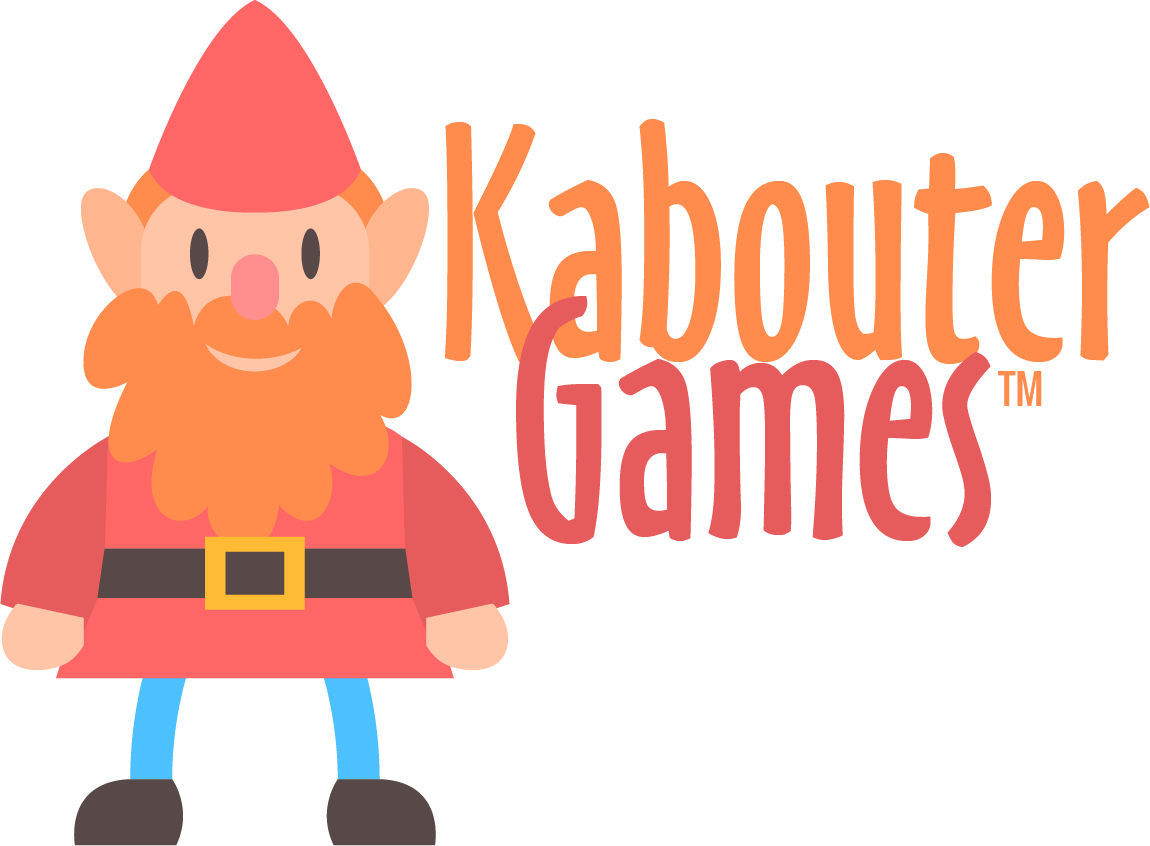Scope, Worldbuilding, and the DMs Guild
I see a lot of folks new to the Guild coming in with Big Ideas ™ about their worldbuilding project. Unfortunately, most of the time those Big Ideas are not appropriate for the Guild
Before I dive too deeply into this, let me state up front that I am not a staff member of either Wizards of the Coast or OneBookShelf (OBS), the company which runs the DMs Guild website. The observations which follow are my own, based on long experience of creating for and selling on the Guild and elsewhere, as well as watching what people create for the platform. What follows might be wrong, and I hope in days to come it will be. The last word on any of this has to come from official sources, and I’m not one of those.
Now, the bad news: The Guild doesn’t want your lovingly-crafted world. The Guild doesn’t even want your new kingdom. No matter how awesome it is, they don’t want it. If you post it, you’ll be asked to take it down. They want you to expand on the allowed settings: the Forgotten Realms, Ravenloft, Eberron, and Ravnica. They want your micro-worldbuilding, not your macro work.
Before you go there, let me deal with at least one common attempt to edge around the setting restrictions. People perform some cursory research on the Forgotten Realms and say, “Why, Faerûn is just one continent on Toril. I can just set my kingdom/culture/whatever on one of Toril’s other continents!” No, you can’t do that, either.
There are very good reasons for this. To figure out what those reasons are, it’s useful to be familiar with the history of D&D.
In the old days, back in the Before Times — we’re talking the TSR days and early WotC D&D — the company published dozens of things, from hardcover rulebooks to box sets to short adventure “modules” to paperback supplements. That’s no longer the case. With 5e, Wizards changed the paradigm. They do 1, 2, or 3 hardbacks a year, generally a rules supplement and a long-form adventure path.
Publishing that much stuff leads to rules bloat, something which the designers of 5e specifically set out to avoid. They want the game to be so simple you can play for months with only the free Basic Rules PDF. Moreover, publishing that much stuff is a huge financial risk. Printing stuff costs a ton of money, and if the book or module doesn’t sell, you’re stuck with it. Finally, it takes a humongous amount of staff effort, which leads to staff bloat, driving up expenses even further. There was a time when WotC was coming out with multiple books, each with hundreds of pages, every single month. There’s a word for it: “splat”. Splatbooks came fast and furious in the late TSR days, and continued through WotC’s tenure up to the advent of 5th Edition.
The advent of 5th Edition changed all that. Wizards wanted to shift production of short work to 3rd-party creators. They wanted to save themselves from producing new short adventure “modules” like Expedition to the Barrier Peaks and stuff like that, to save themselves from having to balance, playtest, and produce dozens and dozens of new character options, to save themselves from having to detail settings down to the pig in that farmer’s field just outside that village near the mountains. They wanted a small team, focused on stringent development of just a few high-quality products.
The trouble was the market was used to a constant drip, if not stream, of new “stuff.” How were they going to satisfy that want without doing all the stuff in-house? With the new Open Game License and System Reference Document (OGL/SRD), they let 3rd-party entities develop new settings and new rules based on the 5e game engine. That led to adventures, and complete adventure paths, that WotC needn’t worry about developing. It even led to new character options. But it didn’t satisfy those who wanted 5e versions of intellectual property (IP) that WotC wanted to more strictly control, and it certainly wouldn’t make updating existing settings an easy task. That kind of IP needs to be closely held, because it’s extremely valuable.
The answer was the Guild: A community content program. Guild creators get access to a massive amount of WotC IP, the vast majority of which is setting-specific. In return, we’re expected to write the kind of work that satisfies WotC’s needs for setting-specific content: Character options, adventures, lore, and expansions. Lore and setting expansions — carefully note I wrote ‘expansions’ — is what I’m talking about here.
If you’ve followed the official hardback releases, lore on the settings permitted to Guild creators is sparse. That’s because we’re supposed to expand on it, to flesh it out. They’ve given us the skeleton. We’re supposed to put meat on the bones. In the Realms, for example, there’s loads of space that Wizards has deliberately not touched in official materials beyond fleeting mention, pretty much everywhere other than the Sword Coast and Chult.
That’s deliberate. They left it for us.
If we do it, they won’t have to. It also lets them avoid making big decisions about the Forgotten Realms, so they don’t pull such a colossal bone-up like the Sundering again. They’ve pretty much left Ravenloft alone, too; except for what’s in Curse of Strahd,
And there’s a hunger for it. Ravenloft stuff sells like hotcakes. People want areas of the Realms (I’ve had good results with Impiltur, and I’m helping to work on a 5e update of the Great Dale).
We’re not supposed to create our own skeletons, much less put flesh on them, on the Guild.
You can build worlds, and do it successfully, under the OGL. Ask the folks who made stuff like Scarred Lands, Pugmire, and Adventures in Middle Earth. But you can’t do it on the Guild, because that’s not what the Guild is for.

